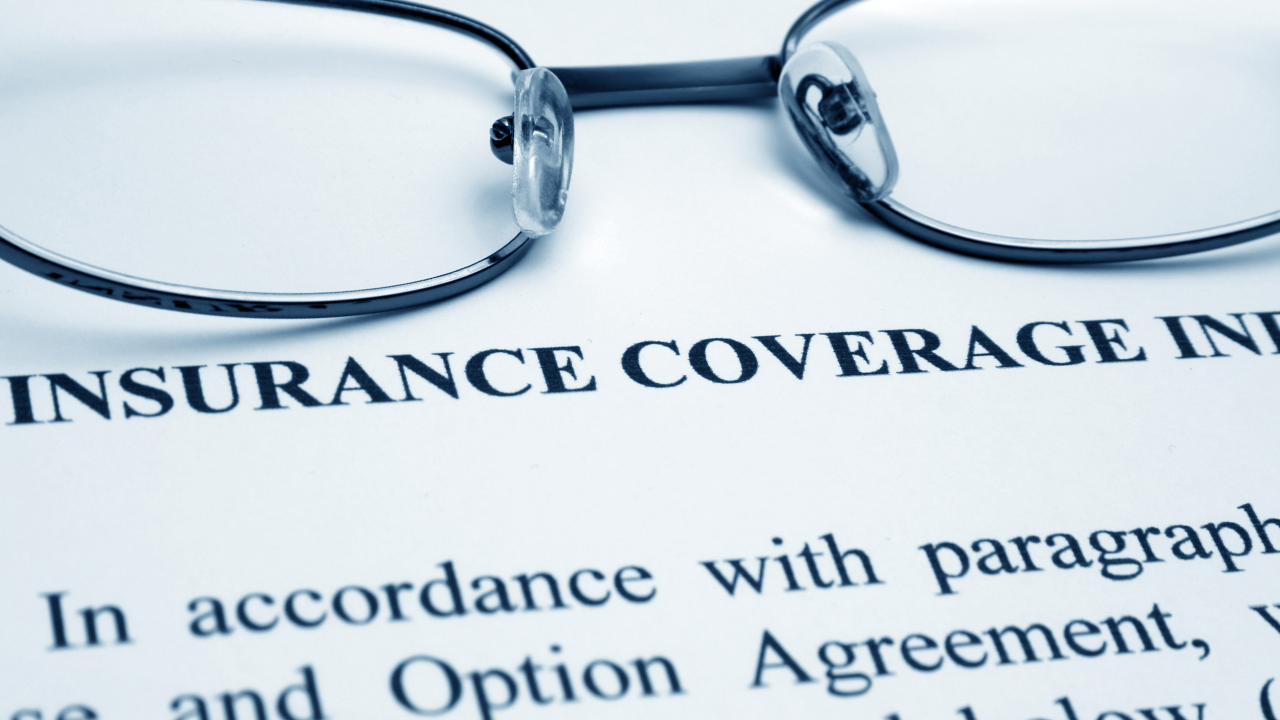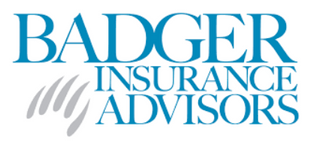About Us
Badger Insurance Advisors is a Trusted Choice Insurance Agency, which means we are independent and are not confined to one specific insurance company. This matters because we work for you, not the insurance company! Risk is everywhere, let us help you protect your valuables: auto, home, or life insurance…whatever matters to you!
Contact Info
5916 N Lisbon St, Aurora, CO 80019
(8:00am - 6pm MST, Monday - Friday)


BY: KEVIN VOLZ | INSURANCE AGENCY PRINCIPAL
- PERSONAL INSURANCE
As you shop for car insurance, you'll likely see many different numbers and coverage levels. It can be challenging to figure out exactly what each of these numbers means. 100/300/100 insurance coverage is one type of coverage that you'll come across.
So, what does 100/300/100 coverage mean? This article will discuss what this type of coverage entails and whether or not it's right for you. Read on to learn more.
What Is 100/300/100 Insurance Coverage?
100/300/100 insurance coverage is a type of auto liability insurance that provides protection for bodily injury and property damage if you cause an accident. The numbers in the coverage refer to the maximum amount your insurer will pay out for each type of claim.
So, in a 100/300/100 policy, you would have $100,000 coverage per person, $300,000 in bodily injury coverage per accident, and $100,000 in property damage coverage per accident. Bodily injury liability coverage pays for the medical expenses of the other driver and passengers if you cause an accident. Property damage liability coverage pays for repairing or replacing the other driver's vehicle.
100/300/100 coverage is a high level of protection, and it's typically more than what's required by state law. In most states, the minimum amount of auto liability insurance you must have is 25/50/25. That means you would have $25,000 in coverage per person, $50,000 in bodily injury coverage per accident, and $25,000 in property damage coverage per accident.
While 100/300/100 coverage provides a high level of protection, it doesn't cover everything. For example, this type of policy doesn't cover your own medical expenses or damage to your own vehicle. If you want coverage for these things, you'll need to add additional policies, such as personal injury protection or collision coverage, to your policy.
What Are the Benefits of This Type of Coverage?
There are several benefits of having 100/300/100 insurance coverage. They include:
- Protection against high-cost accidents: If you are involved in an accident that causes significant damage or injuries, your 100/300/100 policy will help cover the expenses. This protects you from paying out of pocket for the damages, protecting you from significant financial losses.
- Peace of mind: Knowing that you have a higher coverage level helps you feel more secure on the road and gives you peace of mind in the event of an accident.
- Lower premiums over time: While your premium is higher than someone with minimum liability coverage, it is likely to be lower than someone with similar coverage but with a higher deductible. Additionally, your rates may decrease over time if you have a good driving record, as insurers view you as a less risky driver.
- Discounts from some insurers: Some insurers offer discounts to drivers with 100/300/100 auto insurance coverage. These discounts can vary depending on the insurer, but they typically range from 5% to 10%. This means that you could save money on your premium by having this level of coverage.
What Should You Consider Before Purchasing 100/300/100
Insurance Coverage?
Before you purchase 100/300/100 insurance coverage, you should consider a few things to make sure it's the right choice for you. They include:
The Type of Coverage You Need
Before purchasing 100/300/100 insurance coverage, you should consider the type of coverage you need. There are three main types of auto insurance: liability, collision, and comprehensive. Liability insurance covers damages that you cause to others in an accident. Collision insurance covers damages to your own vehicle in an accident. Comprehensive insurance covers damages to your car from non-accident causes, such as theft, weather damage, or vandalism.
You may not need all three types of coverage, so assess your needs before you purchase a policy. For example, if you have an older vehicle, you may not need collision or comprehensive coverage because the repairs would likely cost more than the value of your car.
The Value of Your Vehicle
It would be best if you also considered the value of your vehicle when deciding whether or not to purchase 100/300/100 insurance coverage. If your car is worth less than $25,000, you may not need this coverage because the damages would likely be less than the policy limits.
Your Driving Record
If you have a clean driving record, you will likely pay less for your premiums than someone with multiple accidents or traffic violations on their record. Conversely, if you have a poor driving record, you may want to purchase higher levels of coverage to offset the increased risk that insurers will perceive you as having.
The Deductibles You Are Comfortable With
Deductibles refer to the amount of money you would have to pay out of pocket in the event of an accident before your insurance coverage would kick in. For example, if you have a $500 deductible and are in an accident that causes $5,000 in damage, you would be responsible for the first $500, and your insurer would cover the remaining $4,500.
A higher deductible gets lower premiums, but it also means that you will be responsible for a larger portion of any damages that occur. As such, it is crucial to strike a balance between the premium savings and the amount of risk you are willing to assume.
Available Discounts
Auto insurers offer many different discounts that can save you money on your premiums. Some common discounts include those for good drivers, safe vehicles, low mileage drivers, and students with good grades. Ask about any available discounts when obtaining quotes from different insurers to get the best possible rate on your coverage.
Your budget
While it is important to have adequate protection in case of an accident or other covered event, it is also important to ensure that you can afford the monthly
premium payments for the level of coverage that you select.
Is 100/300/100 Insurance Coverage Right for You?
When it comes to car insurance, there is no one-size-fits-all solution. The coverage you need depends on various factors, some of which are discussed above. Ultimately, whether or not to purchase 100/300/100 insurance coverage depends on your individual needs and circumstances. In Colorado, the Rocky Mountain Insurance Information Association is a great reference!
Contact an insurance agent if you need help determining the right amount of coverage for your needs. They can help you assess your needs and budget and advise you on the right policy.
Conclusion
100/300/100 insurance coverage is a type of auto insurance that provides protection in the event of an accident. When deciding if this coverage is right for you, consider the value of your vehicle, your driving record, the deductibles you are comfortable with, and any available discounts. Ultimately, the decision of whether or not to purchase 100/300/100 insurance coverage depends on your individual needs and circumstances. Talk to an
insurance agent to get help determining the right amount of coverage for you.
BLOG AND NEWS
Better Insurance Decisions
Begin Here



READY TO GET STARTED
Get A Free Quote Today!

See how much you could save on your insurance with personalized quotes for Colorado residents.
or call us directly










